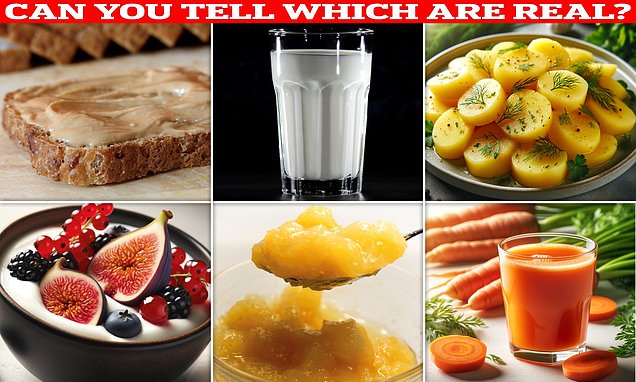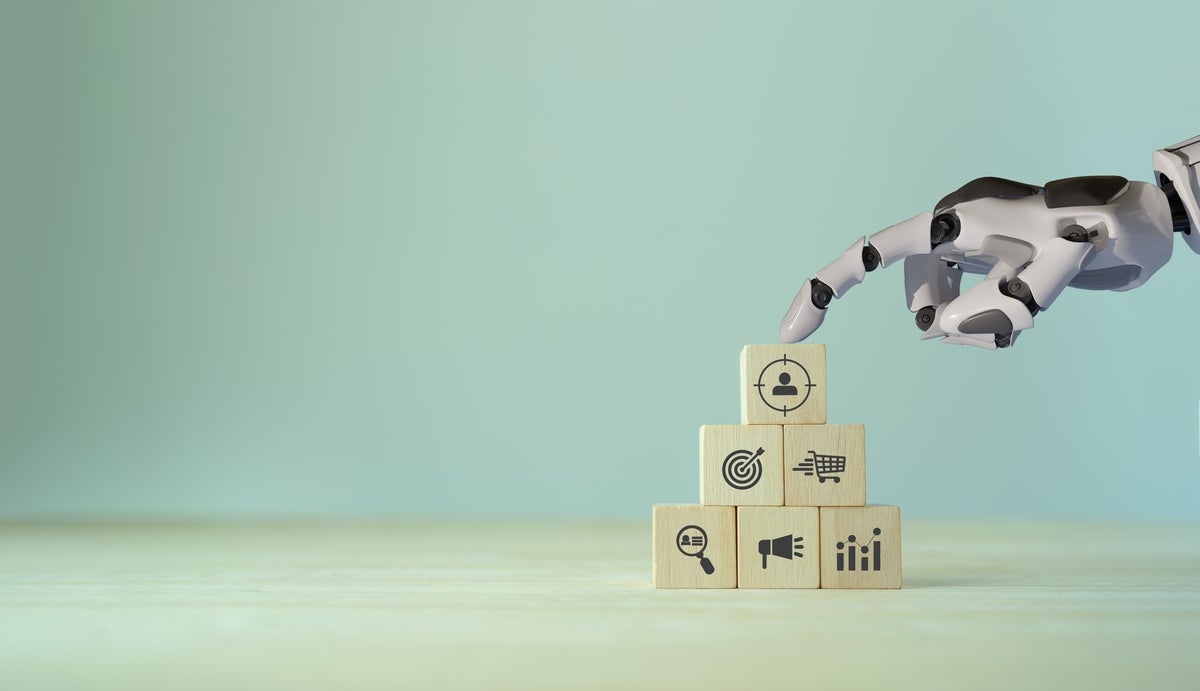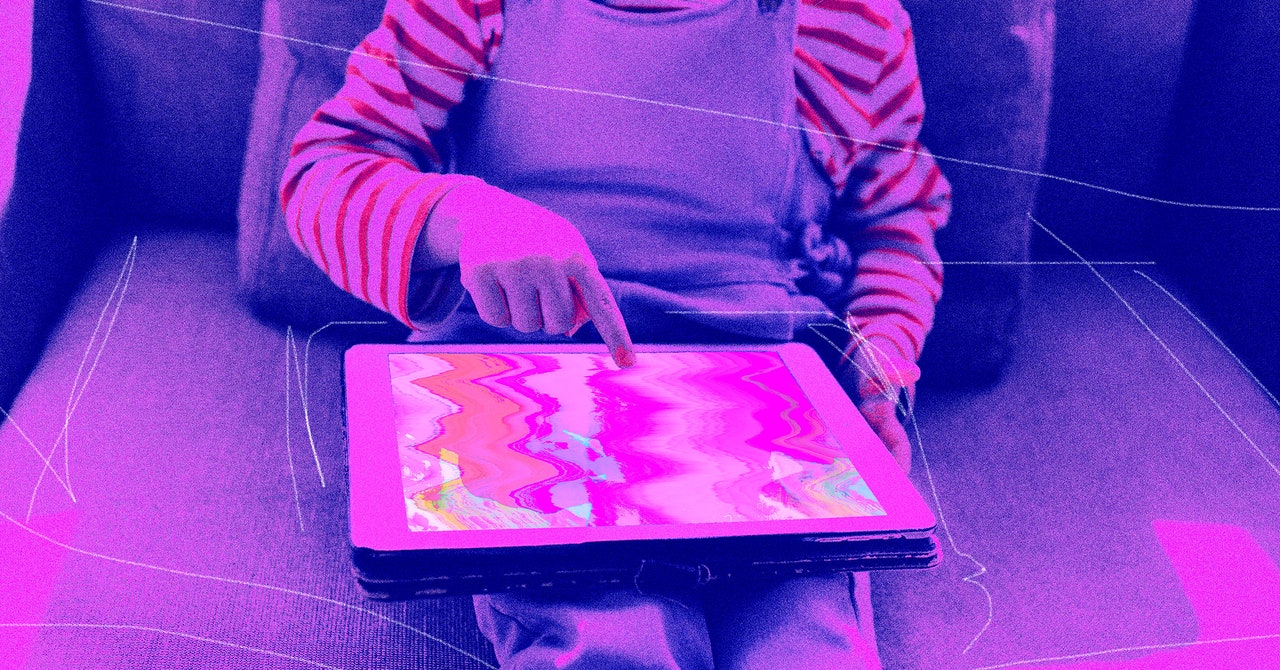By Wiliam Hunter
Some highly processed foods contain artificial colors and flavors, but researchers have found that entirely artificial food may appear even more appealing than real food.
A study conducted by the University of Oxford and Naples Federico II revealed that individuals have a preference for AI-generated food images over authentic ones. The researchers also caution that the increasing realism of AI-generated photos could potentially promote unhealthy eating habits.
The researchers presented a series of images, some depicting real food and others generated by AI, to 297 participants. The AI-generated images were produced using OpenAI’s DALL-E 3, a program designed to create images based on textual descriptions.
When participants were shown the images side by side, they were generally able to distinguish between the AI-generated images and real food images with an accuracy ranging from 62% to 91%. However, when the images were presented separately, the identification accuracy dropped significantly to as low as 26%.
Interestingly, individuals tended to find AI-generated images more appealing, especially when they were unaware of their origin. Participants rated the images on a scale from “Not appetising at all” to “Extremely appetising,” and AI-generated images consistently received higher ratings when the source was undisclosed.
Giovanbattista Califano, a lead author from the University of Naples Federico II, noted that AI often subtly adjusts elements like color, symmetry, and shape in food images to enhance their visual appeal. This manipulation could contribute to the increased attractiveness of AI-generated food photos.
While AI-generated visuals offer cost-saving benefits for businesses, Professor Charles Spence from the University of Oxford also warns of the potential negative impact. He highlights the concept of “visual appetite,” where viewing enticing food images can stimulate appetite and cravings. AI-generated images tend to depict food as higher in calories and more visually appealing than real food, potentially influencing people’s food choices and leading to unrealistic meal expectations.
In conclusion, the study underscores the growing influence of AI-generated food images and the need to consider their implications on consumer behavior and dietary habits.
Test your ability to distinguish between AI-generated and real food images by matching the following:
- Real
- Fake
- Real
- Fake
- Fake
- Real
- Real
- Fake
- Real
- Fake
- Fake
- Real
- Real
- Fake
- Fake
- Real
- Fake
- Real
- Real
- Fake
- Fake
- Real
- Fake
- Real
- Real
- Fake
- Real
- Fake
- Fake
- Real










